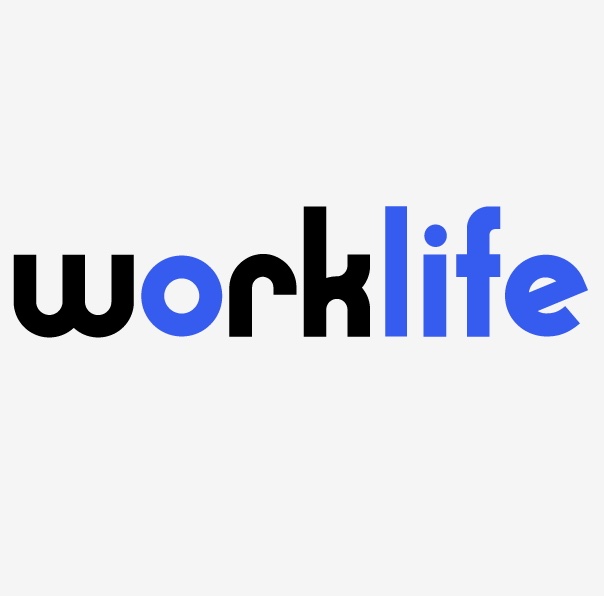
While 2020 will be known to most for its countless cursed events, in our little employment law bubble we will always think of it as the year of the endless parade of acronyms. Here’s a brief look back: PPE, PPP, CAA, FFCRA, ESPLA, EFMLEA, FMLA, SBA, CDC, and our favorite combination (and likely what you’re thinking): WHO and CARES. But the relevance is that at the stroke of midnight on NYE, the Families First Coronavirus Response Act (FFCRA), the first Congressional response to the pandemic, effective on April 1, 2020, with its component parts, the Emergency Paid Sick Leave Act (ESPLA) and the Emergency Family and Medical Leave Expansion Act (EFMLEA), ended by its own terms. Though it’s not exactly riding off into the sunset quite yet. Leave Act (ESPLA) and the Emergency Family and Medical Leave Expansion Act (EFMLEA), ended by its own terms. Though it’s not exactly riding off into the sunset quite yet.
The law applied to employers with fewer than 500 employees and provided, though the ESPLA, up to 80 hours of paid sick leave and job protection for employees who were quarantined due to either having the virus, symptoms, and awaiting test results or caring for someone with the bug. The EFMLEA provided up to 12 weeks of job-protected paid leave for employees whose children’s schools or daycares were closed or who had to help kids do remote learning. Neither law allowed for benefits if the affected employee could work from home. The feds covered the cost of these paid leaves through reimbursement of payroll withholdings that would normally be transferred to the Treasury, but instead remained or were returned to the employer’s payroll account.
Back in March when the FFCRA passed, that naïve, silly Congress likely didn’t envision any need for the leave law by the start of 2021. Yet as the wrath continues, with last week’s 7-day average of 231,675 new cases reported in the US daily, employees will no doubt continue to be infected or exposed and need to quarantine and more consistent remote learning may return. Despite that grim prospect, Congress chose not to extend the FFCRA. In the new recently enacted stimulus law (the CAA), Congress instead uncharacteristically did something odd. Rather than extend the availability of job-protected leave, the new law just continues the payroll tax credits through March 31, 2021, for employers who voluntarily decide to allow their employees to take the paid time off previously available to them under the FFCRA. In other words, employees no longer have the right to 80 hours of paid leave if they have the virus or are taking care of someone, nor do they have the ability to stay home with pay for 12 weeks while watching their kiddies watching their teachers. But if you want to let them, the feds will continue to pay the bill during the first quarter of this year, through the same payroll tax withholding method of funding that it did under the FFCRA.
The new law says that if an employer wants to take advantage of the payroll tax credits, it must act as though the FFCRA is still in effect, meaning that you must provide the same amount of time off, pay, and job protection, otherwise, NO SOUP FOR YOU! Can you believe that we are now pretending that expired laws are still in effect? There are some important legal nuances, however.
Employers who choose to extend the availability of the FFCRA benefits need to know that they will not be able to get payroll tax credit for employees who have already used all of their FFCRA leave. So for an employee who maxed out their EFMLEA and/or ESPLA during the Spring Break or Summer Fun 2020, there is no soup left. Also, if they didn’t use all of it, you will only be able to claim the credit for the amount they have left, up to March 31, 2021. Here’s a crazy thought: remember that if an employee took some FMLA before all of the fun began, like to have a kid or something, that reduced the amount of available FFCRA leave time after April 1. So if they took 4 weeks in January 2020 to bond with the baby, they only had 8 weeks of FFCRA leave available. If they took those 8 weeks and you got 8 weeks of payroll tax credit, can you still let them have 4 weeks of pretend FFCRA and take 4 more weeks of payroll tax credit? Who knows, go ask your lawyer (oh wait) maybe Bob from Accounting knows. We think the answer is yes, sure, probably. Go for it. This is what we try to figure out in our free time.
For New Jersey employers that choose not to allow pretend FFCRA, employees may still have the right to take 12 weeks of leave under the New Jersey Family Leave Act (NJFLA) to watch the kids or to take care of quarantining family members. In the real world, NJFLA leave is unpaid, but in the Land of COVID, employees might be eligible for unemployment benefits. Likewise, employees in New York State can potentially take paid leave under the Paid Family Leave Act. And let’s not forget that the plain old regular FMLA from bygone days remains available for employees with a serious health condition and to care for a seriously ill family member.
Now, with all of that in mind, get ready for the big finish. The incoming administration has an FFCRA Reprise at the top of its agenda: Check pages 7-8 of that short list here. The White House will be asking Congress to reinstate the FFCRA leave requirement and remove the exception for employers with more than 500 employees. The new and improved version will include 14 weeks of leave, and up to $1,400 weekly benefit (full wage replacement for those earning up to $73,000), and 8 essential vitamins and nutrients. While businesses with 500 or fewer employees would still get 100% reimbursement, the kicker for those with more than 500 employees is they’d be paying 100% of the benefits. Huh? We’ll see what Congress says. This version would sunset on September 30, 2021. Or will it?
As much we hear you begging us to stop talking about this, we want to stop just as much. WHEN WILL IT END!!!! Happy New Year?






